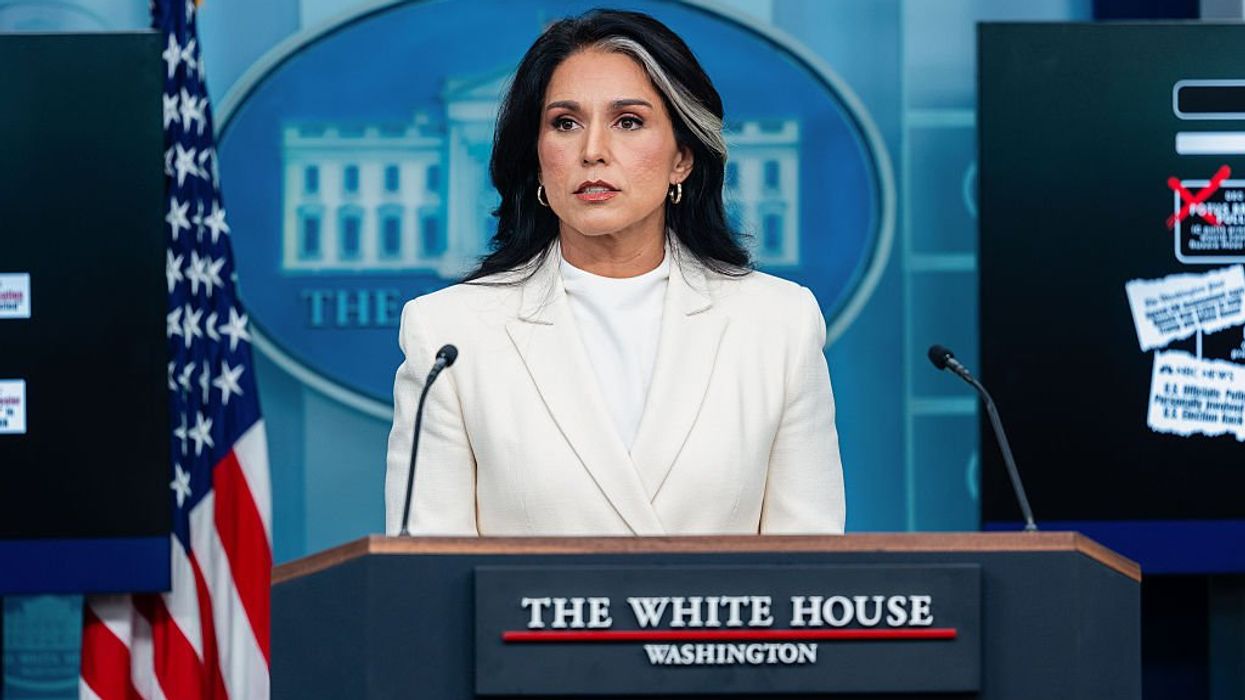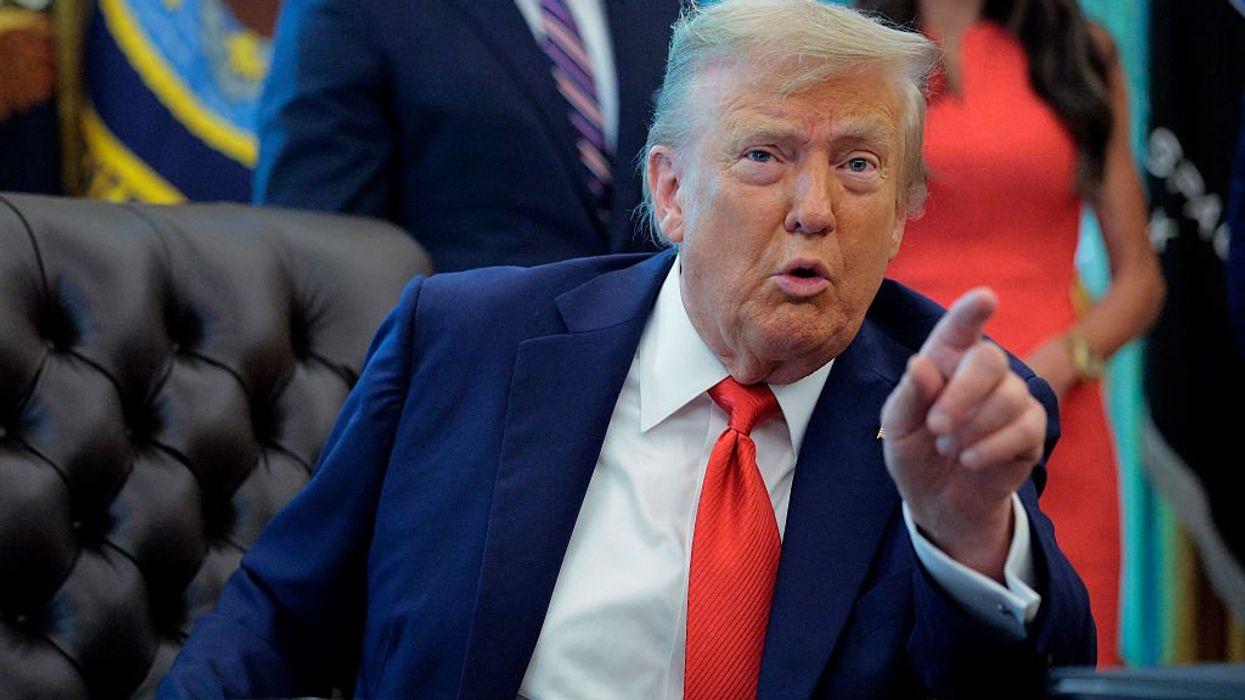David Barton has come out with a list explaining why Barack Obama is possibly the most biblically hostile President of all time. While most of these stories have been seen before, seeing them all laid out in one list is pretty astonishing. Parts 1 and 2 are below, the rest can be seen here!
1. Acts of hostility toward people of Biblical faith:
- April 2008 – Obama speaks disrespectfully of Christians, saying they “cling to guns or religion” and have an “antipathy to people who aren’t like them.”
- February 2009 – Obama announces plans to revoke conscience protection for health workers who refuse to participate in medical activities that go against their beliefs, and fully implements the plan in February 2011.
- April 2009 – When speaking at Georgetown University, Obama orders that a monogram symbolizing Jesus’ name be covered when he is making his speech.
- May 2009 – Obama declines to host services for the National Prayer Day (a day established by federal law) at the White House.
- April 2009 – In a deliberate act of disrespect, Obama nominated three pro-abortion ambassadors to the Vatican; of course, the pro-life Vatican rejected all three.
- October 19, 2010 – Obama begins deliberately omitting the phrase about “the Creator” when quoting the Declaration of Independence – an omission he has made on no less than seven occasions.
- November 2010 – Obama misquotes the National Motto, saying it is “E pluribus unum” rather than “In God We Trust” as established by federal law.
- January 2011 – After a federal law was passed to transfer a WWI Memorial in the Mojave Desert to private ownership, the U. S. Supreme Court ruled that the cross in the memorial could continue to stand, but the Obama administration refused to allow the land to be transferred as required by law, and refused to allow the cross to be re-erected as ordered by the Court.
- February 2011 – Although he filled posts in the State Department, for more than two years Obama did not fill the post of religious freedom ambassador, an official that works against religious persecution across the world; he filled it only after heavy pressure from the public and from Congress.
- April 2011 – For the first time in American history, Obama urges passage of a non-discrimination law that does not contain hiring protections for religious groups, forcing religious organizations to hire according to federal mandates without regard to the dictates of their own faith, thus eliminating conscience protection in hiring.
- August 2011 – The Obama administration releases its new health care rules that override religious conscience protections for medical workers in the areas of abortion and contraception.
- November 2011 – Obama opposes inclusion of President Franklin Roosevelt’s famous D-Day Prayer in the WWII Memorial.
- November 2011 – Unlike previous presidents, Obama studiously avoids any religious references in his Thanksgiving speech.
- December 2011 – The Obama administration denigrates other countries’ religious beliefs as an obstacle to radical homosexual rights.
- January 2012 – The Obama administration argues that the First Amendment provides no protection for churches and synagogues in hiring their pastors and rabbis.
- February 2012 – The Obama administration forgives student loans in exchange for public service, but announces it will no longer forgive student loans if the public service is related to religion.
2. Acts of hostility from the Obama-led military toward people of Biblical faith:
- June 2011 – The Department of Veterans Affairs forbids references to God and Jesus during burial ceremonies at Houston National Cemetery.
- August 2011 – The Air Force stops teaching the Just War theory to officers in California because the course is taught by chaplains and is based on a philosophy introduced by St. Augustine in the third century AD – a theory long taught by civilized nations across the world (except America).
- September 2011 – Air Force Chief of Staff prohibits commanders from notifying airmen of programs and services available to them from chaplains.
- September 2011 – The Army issues guidelines for Walter Reed Medical Center stipulating that “No religious items (i.e. Bibles, reading materials and/or facts) are allowed to be given away or used during a visit.”
- November 2011 – The Air Force Academy rescinds support for Operation Christmas Child, a program to send holiday gifts to impoverished children across the world, because the program is run by a Christian charity.
- November 2011 – The Air Force Academy pays $80,000 to add a Stonehenge-like worship center for pagans, druids, witches and Wiccans.
- February 2012 – The U. S. Military Academy at West Point disinvites three star Army general and decorated war hero Lieutenant General William G. (“Jerry”) Boykin (retired) from speaking at an event because he is an outspoken Christian.
- February 2012 – The Air Force removes “God” from the patch of Rapid Capabilities Office (the word on the patch was in Latin: Dei).
- February 2012 – The Army orders Catholic chaplains not to read a letter to parishioners that their archbishop asked them to read.
You can read the entire list here.

 Kean Collection / Staff | Getty Images
Kean Collection / Staff | Getty Images
 Bloomberg / Contributor | Getty Images
Bloomberg / Contributor | Getty Images Chip Somodevilla / Staff | Getty Images
Chip Somodevilla / Staff | Getty Images